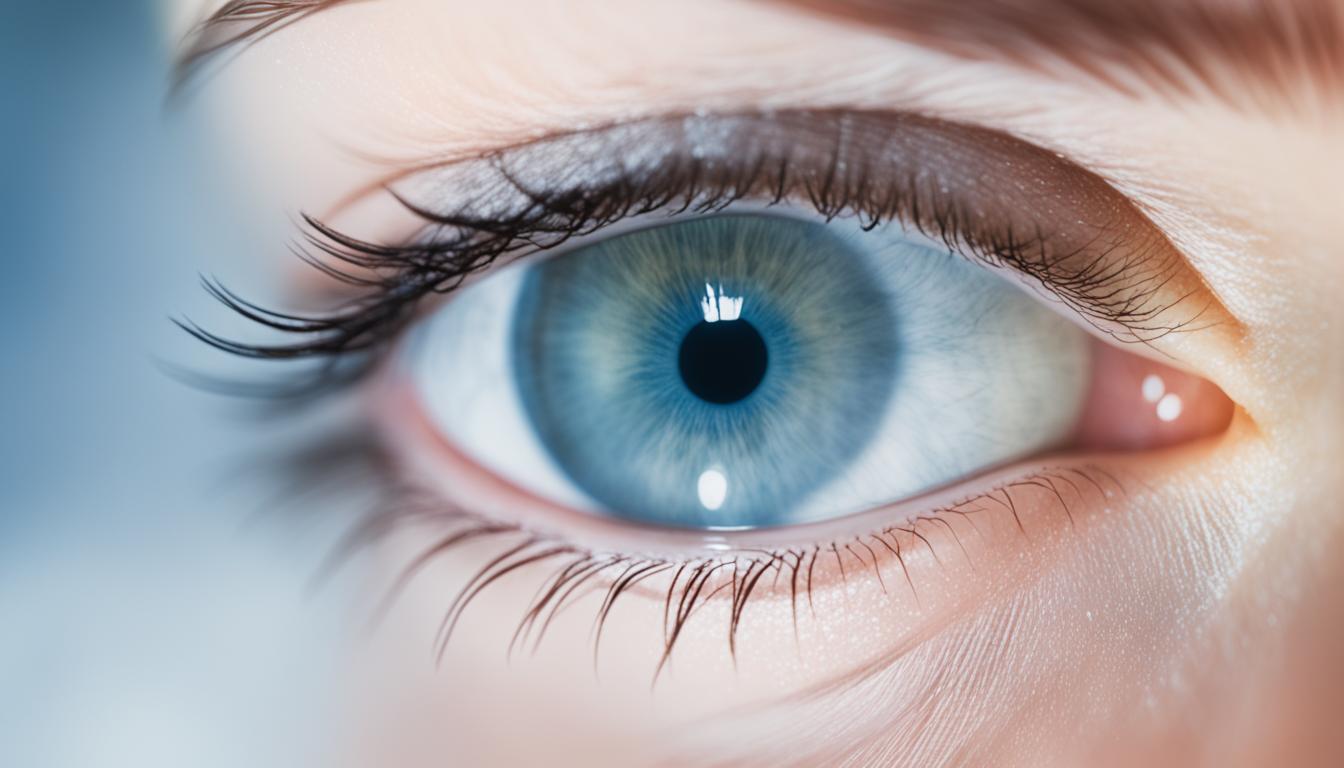Cataracts affect people of all ages, making the eye lens cloudy. This leads to blurry and hazy vision. The quality of life and daily activities can be severely affected.
Signs of cataracts are fuzzy or reduced vision, seeing double, halos around lights, and lots of eyeglass changes. While more common in those aged 60 and over, anyone can get them, from infants to children.
The leading causes are getting older, inheriting them, some health conditions, and eye injuries. Cataracts from aging happen as lens proteins deteriorate and clump. Those from birth or early life are called congenital cataracts.
Different kinds of cataracts exist, like those tied to getting older, getting exposed to radiation, getting them after eye surgery, and from injuries. Each type has its own risks and characteristics.
Cataracts are the second main cause of vision loss as people get older, after eye focusing issues. They need treatment, like surgery, to avoid more severe vision problems if left untreated.
Key Takeaways:
- Cataracts make the eye lens cloudy, causing vision to blur.
- Symptoms include fuzzy vision, seeing double, halos around lights, and lots of eyeglass prescription changes.
- They can happen at any age but are more likely in older people.
- Causes include growing older, inheriting them, certain diseases, and eye injuries.
- There’s no sure way to prevent them, but living a healthy lifestyle might slow them down.
Cataract Surgery and Treatment Options
The best way to deal with cataracts is through surgery. In this operation, the cloudy lens is taken out and swapped with a new one, known as an intraocular lens (IOL). Doctors mostly suggest surgery when cataracts badly affect someone’s eyesight, and they struggle to do regular tasks.
Surgery for cataracts is very safe and often helps restore vision successfully. It’s done as an outpatient service, meaning you can go home on the same day. The whole operation is brief, only lasting between 15 to 30 minutes.
The eye surgeon opens a small cut in the eye and then uses modern devices like ultrasound or laser to take out the bad lens. Then, they put the artificial lens in place. They pick this lens based on what suits your needs and choices.
After the operation, you might feel a bit of pain or see blurriness, but it goes away quickly. Healing is usually straightforward, and you can go back to your regular life within a day or two. Full recovery often happens within a few weeks.
Stem cell therapy for cataracts
In the last few years, a lot of people have started to look into using stem cells to treat cataracts. These cells can turn into different types of cells and help fix damaged tissue. This is why scientists are studying if stem cells can be used to make eyesight better.
Early studies on using stem cells for cataracts show some good signs. There is a chance that stem cells might be able to replace the old, damaged cells in the lens and grow new, healthy ones. This could mean new ways to treat cataracts without needing surgery.
The Future of Cataract Treatment: Stem Cell Therapy
Stem cell therapy is changing how we look at treating cataracts. It focuses on regrowing eye tissue to restore vision. Scientists are studying different stem cell types to see how well they can help.
Stem cells can do amazing things. They help regrow damaged tissue and fight off inflammation. This makes stem cell therapy exciting for not just cataracts but other eye problems too. Still, more studies and tests are needed to make sure it’s safe and works well for cataracts.
There’s a lot of hope in the field of stem cell research. It’s believed that stem cell therapy could become a major player in treating cataracts. This could lead to better vision and an improved life for those with cataracts. As we learn more about what stem cells can do, the future for treating cataracts looks bright.

